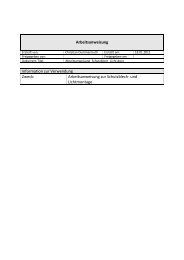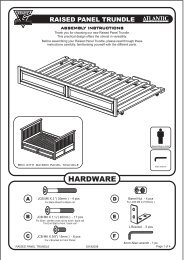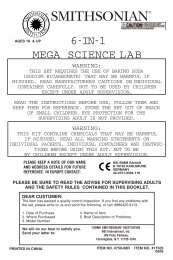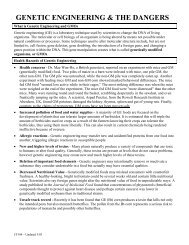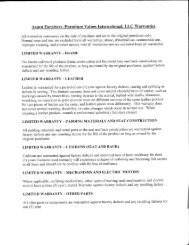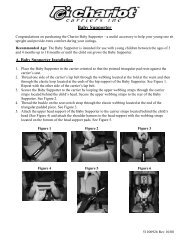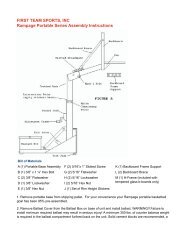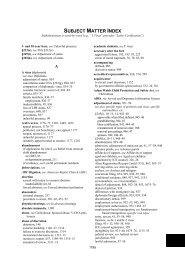Fractional E1 Access Units
Fractional E1 Access Units
Fractional E1 Access Units
Create successful ePaper yourself
Turn your PDF publications into a flip-book with our unique Google optimized e-Paper software.
8-1<br />
8. Management - EMS<br />
Management<br />
Management Software<br />
Element Management System (EMS)<br />
The objective of EMS is to provide four major functions for telecommunication operators:<br />
Fault Management (FM) Performance Management (PM)<br />
Configuration Management (CM) Security Management (SM)<br />
The EMS Server is designed to provide all the configuration and maintenance functions<br />
for the communication device. The method to access EMS Server functions is via<br />
CORBA protocol according OMG CORBA Specification. When a user loads EMS Client<br />
software and sets up a link to the EMS Server, it will be possible to monitor and control<br />
all network devices via CORBA actions. EMS Server uses SNMP Protocol to monitor and<br />
control the network devices via SET GET and TRAP SNMP actions.<br />
Network Scheme Diagram<br />
CORBA<br />
Server<br />
Polling for rPM PM<br />
Agent<br />
INMS<br />
DB<br />
Server<br />
LAN or WAN<br />
Broker<br />
Server<br />
SNMP SNM<br />
Polling<br />
Client Notification<br />
LAN or WAN<br />
Client Side<br />
Agents:<br />
By utilizing a modular design, a large variety of configurations may<br />
be realized and the unit may be custom tailored for each specific<br />
application.<br />
CORBA Server<br />
CORBA Name Service provided the ORB (Object Request Broker)<br />
central component of CORBA. It encompasses the entire<br />
communication infrastructure necessary to identify and locate<br />
objects, handle connection management, and deliver data and is<br />
responsible for communication of requests.<br />
The major tasks include:<br />
1. Collect configuration information from SNMP Agents via SNMP protocol and send to<br />
them control commands to change their state.<br />
2. Guarantee storage of all information in external database server<br />
3. Transfer control and configuration data to and from client SW via CORBA<br />
4. Organize and maintain control objects in database and client configuration<br />
constructions, which describe system.<br />
5. Provide role access to mentioned above objects<br />
Control Menu<br />
Load, Add and<br />
Delete user trees<br />
(or Roots)<br />
Add, Copy, Paste<br />
and Delete Node<br />
Root and<br />
Node panel Configure tool panel<br />
Configure tool bar<br />
Broker server<br />
Broker Server collects the information data from the specific<br />
SNMP agent and keeps updating it to the SQL server via the<br />
JDBC (Java DataBase Connectivity) driver.<br />
SQL Server<br />
SQL Server is the place where the Broker collected data is stored,<br />
the database will store Alarm Trap and all informations.<br />
Workstation-Clients<br />
Workstations act as clients in the CORBA architecture.<br />
They provide the JAVA applet GUI to monitor and control the agents<br />
at far end. They also receive the Alarm Traps from the corresponding<br />
SNMP AGENTS. Multiple workstations are allowed in this field.





